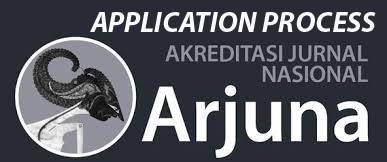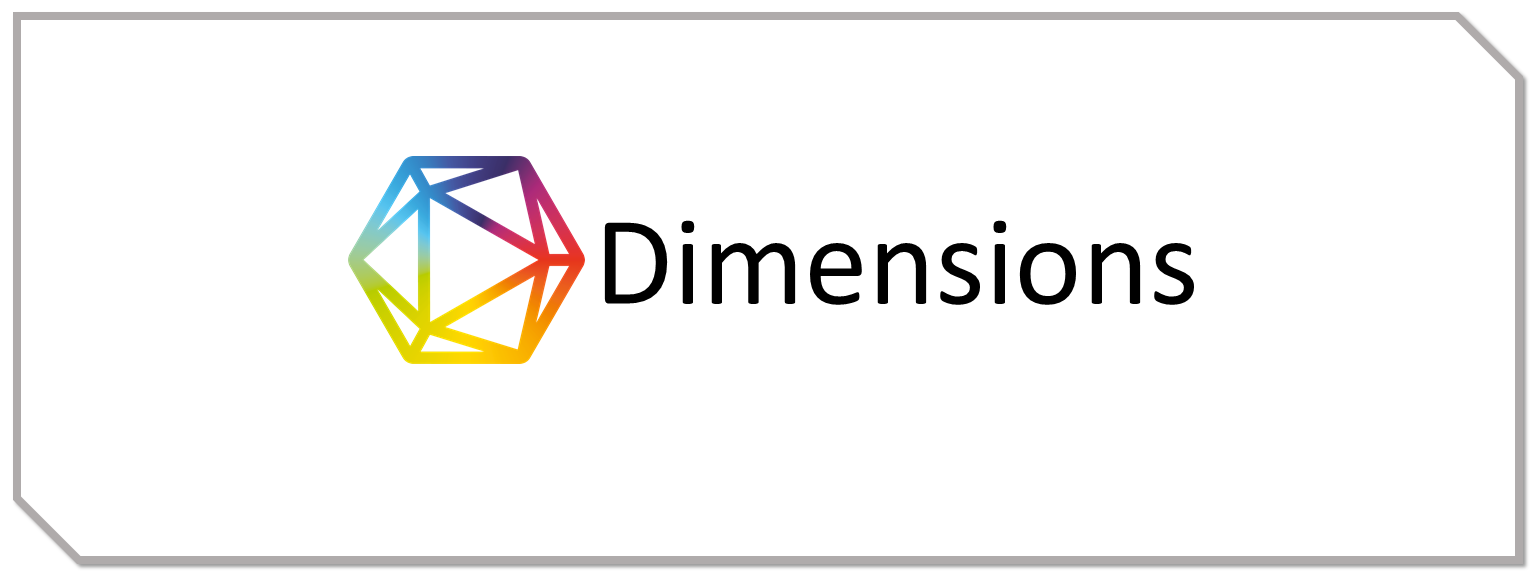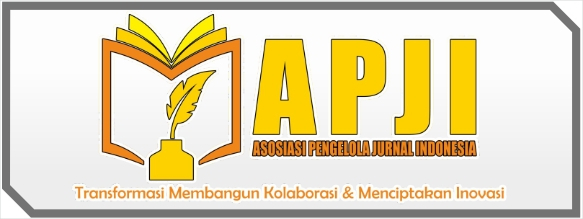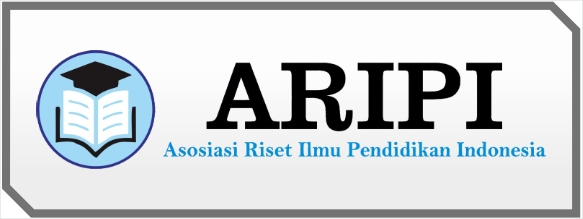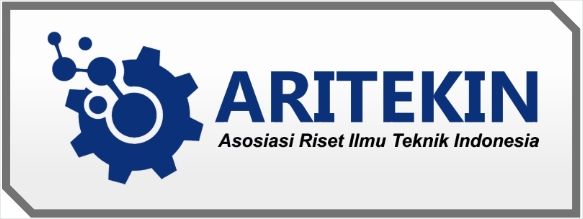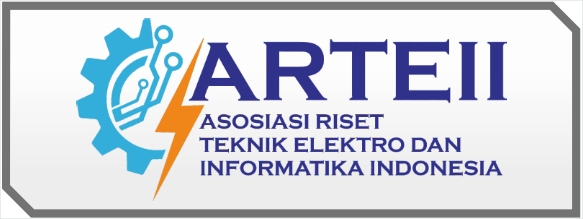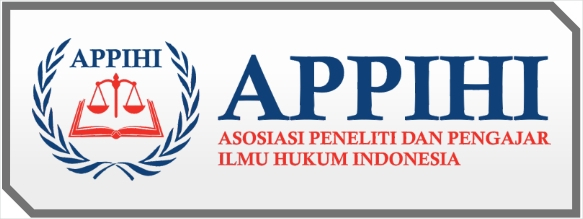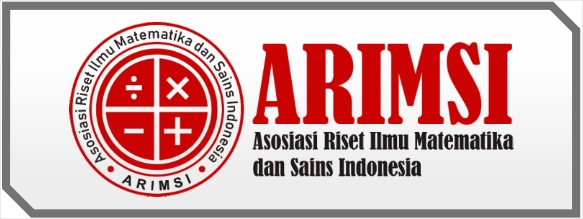Pengembangan Media Pembelajaran Berbasis Augmented Reality pada Materi Bangun Ruang dengan Model Problem Based Learning (PBL) di Kelas IV Sekolah Dasar
DOI:
https://doi.org/10.55606/sscj-amik.v2i5.4066Keywords:
Development, Learning Media, Augmented RealityAbstract
The research is motivated by the fact that not all teachers use technology-based media in teaching and learning activities, especially in learning about building cube and block spaces. Teachers use more objects around students as media. This research aims to develop learning media based on augmented reality technology on classroom building materials in grade IV elementary school using a valid, practical and effective Problem Based Learning model. The type of research used in this study is development research using the ADDIE (Analysis, Design, Develop, Implement and Evaluate) model. The subjects of product trials and research data collection were grade IV students of SDN 08 Surau Gadang. The validation instrument used in this study is in the form of a validation sheet which aims to determine the validity or not of learning media based on Augmented Reality technology on space building materials. The analysis technique in this study uses the validity of learning media and the practicality of learning media. The results of the study show that the development of learning media based on augmented reality technology on building materials for cubes, blocks and prisms with the Problem Based Learning (PbL) model has been developed using the ADDIE development model and obtained an average result from three expert validators with a percentage of 81.33% which is included in the "Very Valid" category. The practicality of teachers' response to learning media based on Augmented Reality technology in building materials for cubes, blocks and triangular prisms in grade IV of elementary school obtained a percentage result of 90% with the very practical category at SDN 09 Surau Gadang and 96% with the very practical category at SDN 08 Surau Gadang. The results of the effectiveness test at the first meeting were obtained with a learning outcome percentage of 82.16%. Then at the second meeting, the percentage of learning outcomes increased by 88.16% at SDN 09 Surau Gadang. Then at SDN 08 Surau Gadang, the results of the effectiveness test at the first meeting were 87.19% and the results of the effectiveness test increased at the second meeting by 93%.
References
Alamsyah, D. P., Ratnapuri, C. I., Aryanto, R., & Othman, N. A. (2021). Digital marketing: Implementation of digital advertising preference to support brand awareness. Academy of Strategic Management Journal, 20(2), 1-10.
Aminah, S., & Masniladevi, M. (2019). Pengaruh media pembelajaran matematika berbasis android terhadap berpikir kritis siswa di kelas IV.
Bagus, K. H., Buchori, A., & Aini, A. N. (2018). Pengembangan media pembelajaran berbasis android menggunakan augmented reality pada materi bangun ruang sisi datar. Jurnal Pendidikan Matematika Dan Sains, 6(1), 61–69.
Claudya, T., & Sri Lena, M. (2022). Pengaruh media pembelajaran teknologi augmented reality (AR) pada tematik terpadu terhadap hasil belajar siswa SD. Didaktik: Jurnal Ilmiah PGSD STKIP Subang, 7(02), 718–725. https://doi.org/10.36989/didaktik.v7i02.249
Ilham, S. (2020). Pengaruh media augmented reality (AR) bangun ruang terhadap hasil belajar siswa sekolah dasar. Jurnal Basicedu, 7(5), 524–532. https://journal.uii.ac.id/ajie/article/view/971
Muhassanah, N., Sujadi, I., & Riyadi. (2014). Analisis keterampilan geometri siswa dalam memecahkan masalah geometri berdasarkan tingkat berpikir Van Hiele. Jurnal Elektronik Pembelajaran Matematika, 2(1), 54–66. http://jurnal.fkip.uns.ac.id
Noto, M. S., Priatna, N., & Dahlan, J. A. (2019). Mathematical proof: The learning obstacles of pre-service mathematics teachers on transformation geometry. Journal on Mathematics Education, 10(1), 117–125. https://doi.org/10.22342/jme.10.1.5379.117-126
Putri, J. E., & Zainil, M. (2021). Pengaruh model problem based learning (PBL) terhadap hasil belajar siswa pada pembelajaran tematik terpadu kelas IV SDN 09 Pasaman Kabupaten Pasaman Barat. Journal of Basic Education Studies, 4(1), 3115–3125.
Rusnandi, E., Sujadi, H., Fibriyany, E., & Fauzyah, N. (2016). Implementasi augmented reality (AR) pada pengembangan media pembelajaran pemodelan bangun ruang 3D untuk siswa sekolah dasar. Infotech Journal, 24–31.
Safitri, B. R. A., Pahriah, P., & Hendrawani, H. (2021). Pengembangan buku ajar profesi keguruan sebagai sarana belajar mandiri mahasiswa. JISIP (Jurnal Ilmu Sosial Dan Pendidikan), 5(4), 981–987. https://doi.org/10.58258/jisip.v5i4.2390
Samura, A. O. (2015). Penggunaan media dalam pembelajaran matematika dan manfaatnya. Delta-Pi: Jurnal Matematika Dan Pendidikan Matematika, 4(1), 69–79. http://dx.doi.org/10.33387/dpi.v4i1.145
Zainil, M., & Helsa, Y. (2019). Media pembelajaran matematika menggunakan augmented reality tipe quick response code (QR code). In CV IRDH.
Zulfa, T., Tursinawati, T., & Darnius, S. (2023). Pengaruh model problem based learning (PBL) terhadap hasil belajar IPA siswa di sekolah dasar. Jurnal Basicedu, 7(4), 2111–2120. https://doi.org/10.31004/basicedu.v7i4.5451
Downloads
Published
How to Cite
Issue
Section
License
Copyright (c) 2024 Student Scientific Creativity Journal

This work is licensed under a Creative Commons Attribution-ShareAlike 4.0 International License.


